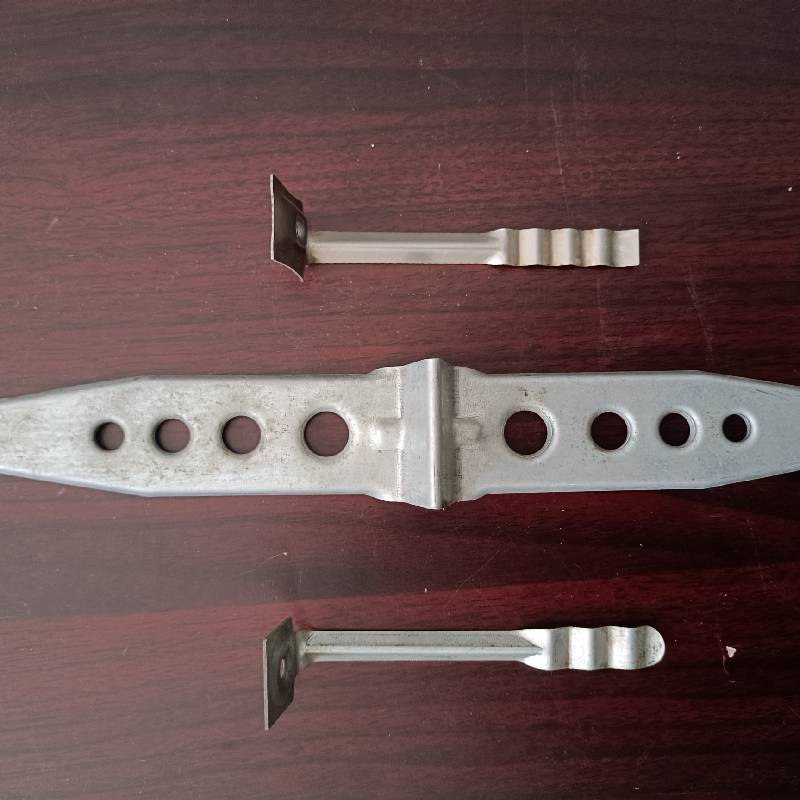
- Mobile Phone
- +8613931874955
- sales@cntcmetal.com
Reinforced Mesh Solutions for Enhanced Durability and Strength
Understanding Reinforced Mesh Applications and Benefits
Reinforced mesh, often referred to as welded wire mesh or reinforcing mesh, plays a crucial role in modern construction and civil engineering. This versatile material is designed to enhance the structural integrity of concrete, providing a reliable solution for various applications in building projects. By understanding its components, advantages, and applications, one can appreciate the significance of reinforced mesh in contemporary construction practices.
At its core, reinforced mesh consists of a grid of interconnected steel bars or wires that are welded together at their intersections. This grid structure is usually fabricated in large sheets, allowing for easy handling and installation. The primary purpose of reinforced mesh is to distribute loads evenly across surfaces, thereby improving the tensile strength of concrete. When concrete is subjected to stress, especially under heavy loads, it can crack and become compromised. The inclusion of reinforced mesh helps to mitigate this risk by providing additional support and flexibility.
One of the most significant advantages of using reinforced mesh is its ability to enhance durability. In structures such as slabs, walls, and pavements, the mesh ensures that any tension forces are effectively managed. This is particularly important in environments subject to temperature fluctuations, as thermal expansion and contraction can lead to damage. Reinforced mesh can absorb and distribute these stresses, extending the lifespan of the concrete structure and reducing maintenance costs over time.
reinforced mesh

Reinforced mesh is widely used in various applications within the construction industry. It is commonly employed in flooring systems, such as driveways, parking lots, and industrial floors, where heavy machinery and foot traffic can stress the concrete. Additionally, it finds application in precast concrete products, including panels and blocks, ensuring they maintain structural integrity throughout their lifecycle.
Moreover, reinforced mesh is invaluable in civil engineering projects, such as bridges, tunnels, and retaining walls, where the challenges posed by heavy loads and environmental factors are significant. Its use in these structures not only improves safety but also accelerates construction timelines, as the mesh simplifies the reinforcement process.
Another advantage is the flexibility in design that reinforced mesh offers. It can be customized to fit specific project requirements, with various configurations available to suit different load conditions. This adaptability makes it a preferred choice among engineers and architects who are looking to create innovative designs while ensuring structural safety.
In conclusion, reinforced mesh is a vital component of modern construction, providing enhanced strength, durability, and versatility. Its wide range of applications—from residential buildings to large infrastructure projects—demonstrates its significant role in ensuring the safety and longevity of concrete structures. As construction practices continue to evolve, reinforced mesh will undoubtedly remain a fundamental element in delivering high-quality, resilient buildings that stand the test of time.
share:
-
Why Sacrificial Formwork Is Redefining Underground ConstructionNewsJun.06,2025
-
The Structural Dynamics of Modern Concrete: How Snake Spacers Revolutionize Flexible ReinforcementNewsJun.06,2025
-
Snake Spacers Smart-Lock Concrete Reinforcement with Surgical PrecisionNewsJun.06,2025
-
Snake Spacers: Reinforcement Precision for Modern Concrete ProjectsNewsJun.06,2025
-
Snake Spacers Powering Concrete's Structural DNANewsJun.06,2025
-
Slither into Success: Snake Spacers' Precision Bite for Unbreakable ReinforcementNewsJun.06,2025
-
Sacrificial Formwork: Building Stronger, Faster, and Safer StructuresNewsJun.06,2025



















